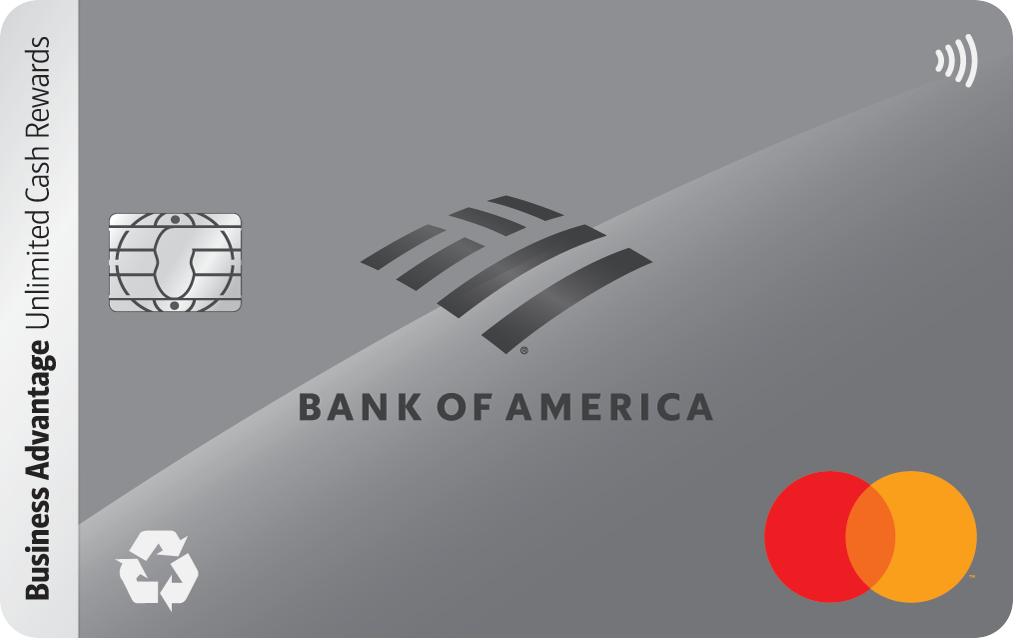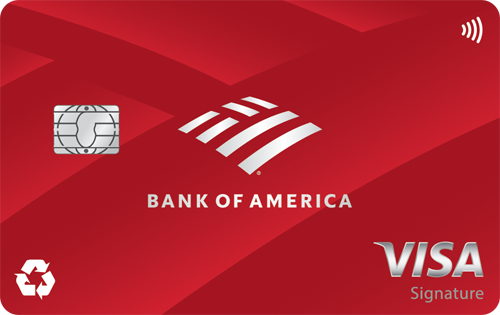Want a Personal Loan? Get Prequalified Without Hurting Your Credit

Image source: Getty Images
Need to consolidate debt, cover a big expense, or handle an emergency? A personal loan can be a great tool. But don't hit "apply" just yet -- there's a smarter first step you can take.
Before you commit to anything, it's worth checking if you can get prequalified. Loan prequalification, in short, gives you an idea of exactly how much cash you can get -- and what interest rate you'll be paying -- before you agree to any terms.
Prequalification is one of the most powerful tools out there when it comes to finding the best loan rate. Here's what you need to know about it.
What is prequalification?
Loan prequalification involves giving lenders your basic financial info so they can tell you your potential loan amount, interest rate, and repayment terms. This helps you understand what kind of loan you can get and compare lenders.
Most prequalifications only require a soft credit check, which won't affect your credit score. This means you can get prequalified from multiple lenders with no damage done to your credit score, making it a super low-risk way to explore your options.
Want to get started now? See our list of the best personal loan offers available today.
Prequalification vs. pre-approval: What's the difference?
These two terms are often used interchangeably, but there's a small difference:
- Prequalification is typically a quick check using basic financial info and a soft credit pull.
- Pre-approval is a more formal step, and involves a closer look at your finances and a hard credit check.
Either way, the point is the same: you're getting a preview of what you might qualify for, without submitting an official application. If you're still comparing different lenders, I recommend starting with prequalification to avoid dings on your credit score.
Also keep in mind that being prequalified or pre-approved doesn't guarantee final loan approval -- but it is a strong indicator.
How to get prequalified for a personal loan
Getting prequalified is usually fast and done online. Here's how to start:
- Check your credit score. Many lenders want to see a score of at least 670, though some accept lower.
- Compare lenders. Check lenders' websites for their range of fees, repayment terms, credit requirements, and interest rates. This helps you narrow down your options.
- Fill out a short form. You'll provide details like your income, job status, and how much you want to borrow.
- Review your offers. You'll see potential interest rates, loan terms, and monthly payments. Most pre-approvals and prequalifications are valid for 30 to 90 days, so you have some time to make a decision.
When comparing offers, focus on the APR, not just the monthly payment. APR includes both interest and fees, showing you the real cost of borrowing.
Take the first step toward getting your loan today
Prequalification is a smart first step if you're thinking about applying for a personal loan. It helps you shop around with confidence -- without hurting your credit score.
Then, once you find an offer you like, you can apply with a good idea of what to expect. Think of it as basic due diligence when it comes to personal loan shopping.
Ready to compare your options? Check out our list of the best personal loan offers now.
Our Research Expert



